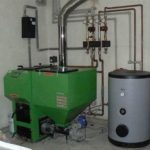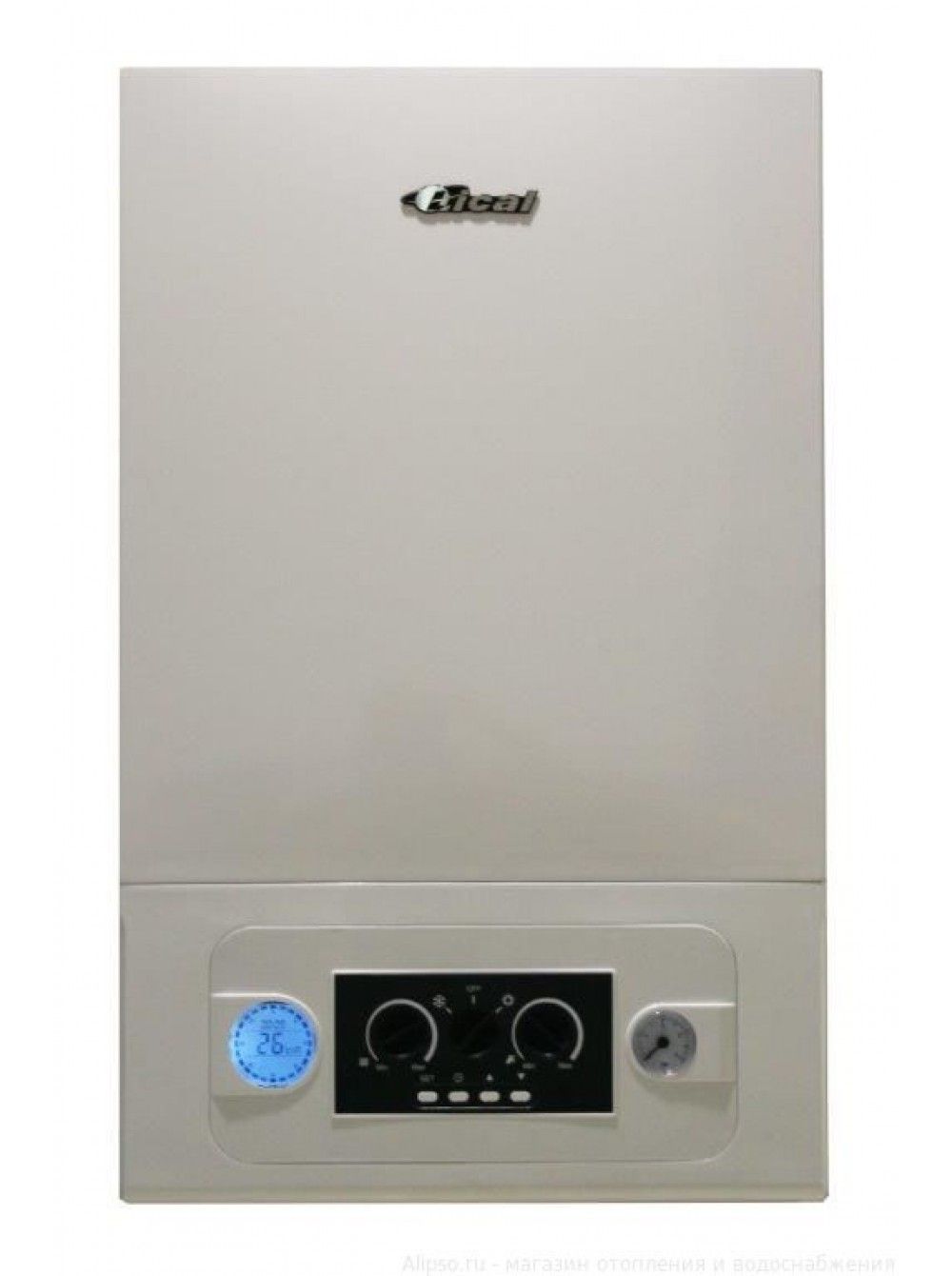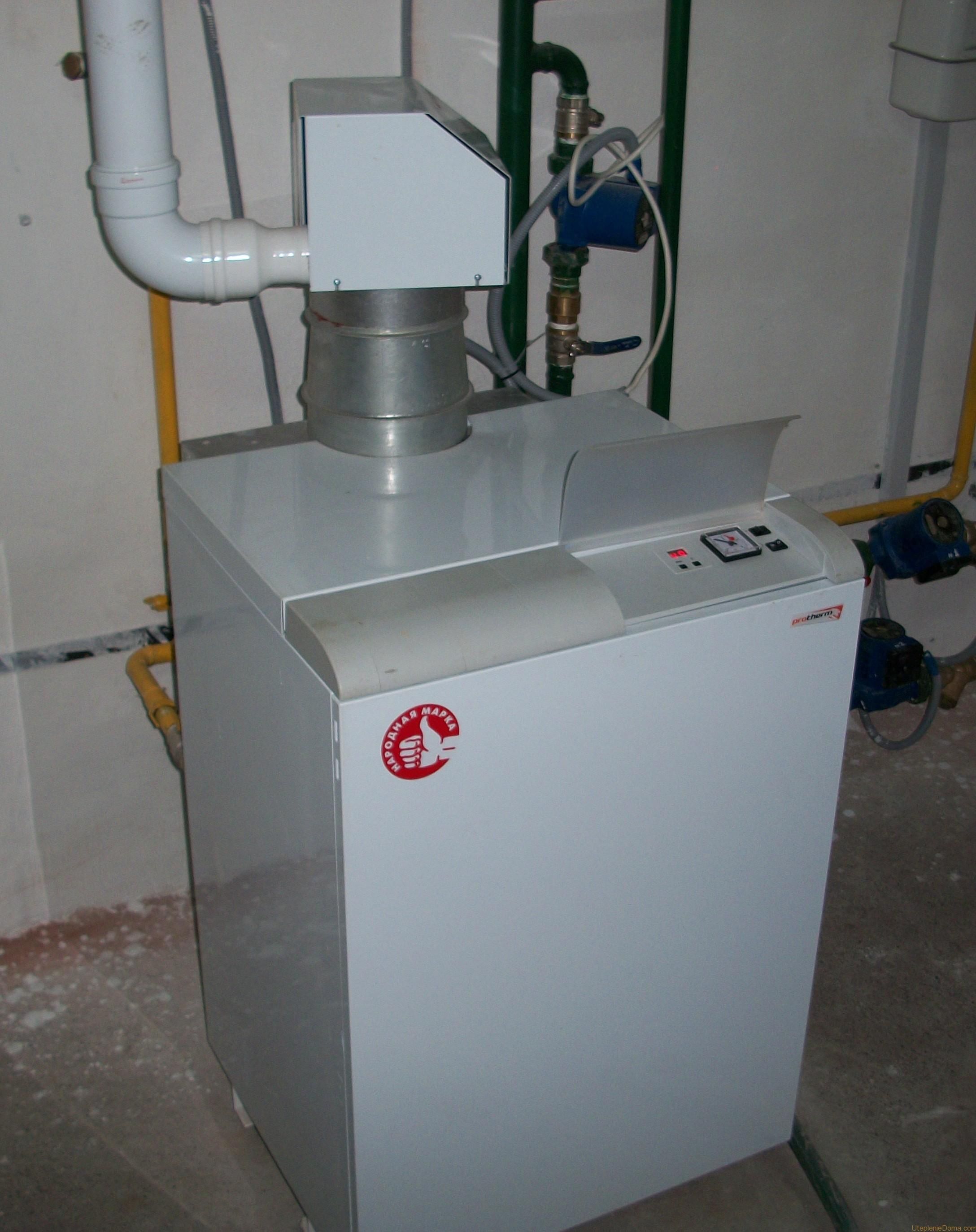Daily consumption of pellets for a pellet boiler
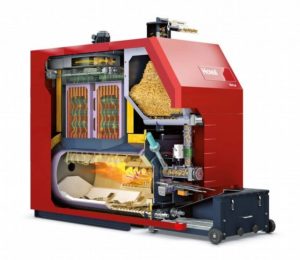 A heating system designed to heat a private home has a number of advantages. The owner of the home does not have to wait for an order to start the heating season; he can independently regulate the temperature in his own home.
A heating system designed to heat a private home has a number of advantages. The owner of the home does not have to wait for an order to start the heating season; he can independently regulate the temperature in his own home.
However, such systems force their owners to take care of fuel, to have and constantly replenish its reserves. Therefore, it is necessary to make calculations of the volume of fuel consumed by various boilers.
The content of the article
Pellets - a modern type of fuel
Gone are the days of calculating how much wood or coal a truck needs for the winter.
Today, warmth in the house can be ensured with the help of special wood pellets - pellets. They have become a convenient type of wood fuel.
Pellets poured into a special compartment are consumed gradually and do not require constant addition, like firewood.
We'll tell you how to calculate how many pellets you will need to create a comfortable environment in your home.
How to find out the daily need for pellets for heating
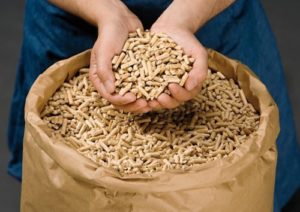
First, let's do theoretical calculations based on mathematical rules.
Important! Energy in the amount of 5 kW is generated in the process of using 1000 g (1 kg) of pelletized wood.
Based on this information, we will find out how many pellets need to be loaded to produce 1 kW.
1 kg: 5 = 0.2 kg.
Thus, 1 kilowatt is obtained from 200 g of granules.
Now let's do the calculations for the entire area of the room. Let's take into account that to create a comfortable atmosphere in an area of 1 sq. m requires 100 W. Since the spent 200 g gives 1 kW, we divide this amount by 10.
It turns out that 20 g of pellets is enough to heat 1 square. m of living space with ceilings 2.8–3.0 m high.
Since, according to the rules of physics, a watt is related to the power generated or expended in 1 hour, it turns out that in day per 1 sq. m will need 20 g * 24 hours = 480 g.
All that remains is to calculate the costs for the entire area of the building. If, as an example, we imagine a house with an area of 100 sq.m., this means that we increase the data obtained for 1 sq.m. by 100 times. m.
480 g * 100 = 48000 g. Convert to kilograms and get 48 kg.
However, let us remember that we made theoretical calculations. But life and real conditions require them to be adjusted.
Additional conditions affecting pellet consumption
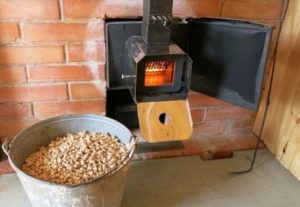
We take into account the efficiency of the equipment
Since boiler manufacturers have not yet achieved 100% efficiency, this will have to be taken into account.
Reference. The efficiency of pellet boilers produced by different manufacturers ranges from 80 to 85%.
Taking this into account, we make more accurate calculations.
1 kg when burned produces 5 kW * 0.85 = 4.25 kW.
Weather adjustments
Our calculations will allow us to maintain the highest possible temperature in the room. However, in reality, homeowners rarely do this every day. After all An increase in daytime air temperature makes it possible not to use the pellet boiler at full capacity.
In fact, for heating 1 sq. m is enough 50 W for 1 hour.
Daily consumption: 50 W * 24 hours. = 1200 W = 1.2 kW.
Since we learned that 1 kg produces 4.25 kW, we make a calculation for the daily consumption per 1 sq. m. 1.2 kW: 4.25 kW/kg = 0.28 kg.
Now all that remains is to multiply this amount by the area of the house. For example, for a building of 100 sq. m: 0.28 kg * 100 = 28 kg.
Good thermal insulation of the building helps reduce costs.

